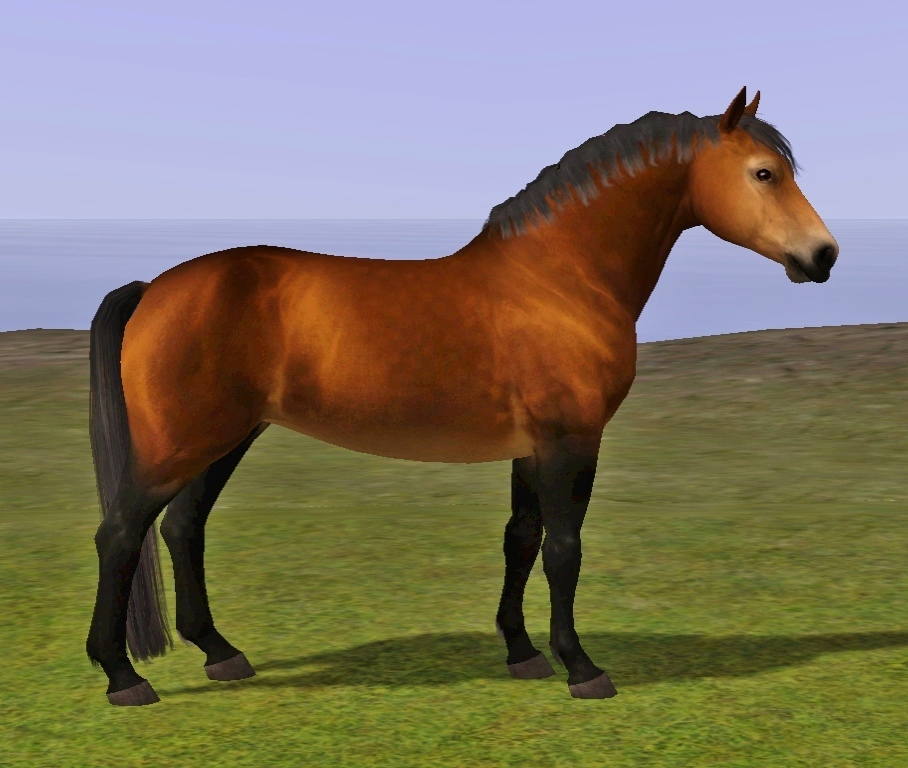

Īs the popularity of skateboarding began expanding, the first skateboarding magazine, The Quarterly Skateboarder was published in 1964. Some of these same teams of skateboarders were also featured on a television show called Surf's Up in 1964, hosted by Stan Richards, that helped promote skateboarding as something new and fun to do. One of the earliest Skateboard exhibitions was sponsored by Makaha's founder, Larry Stevenson, in 1963 and held at the Pier Avenue Junior High School in Hermosa Beach, California. īy the 1960s a small number of surfing manufacturers in Southern California such as Jack's, Kips', Hobie, Bing's and Makaha started building skateboards that resembled small surfboards, and assembled teams to promote their products. Accordingly, skateboarding was originally denoted "sidewalk surfing" and early skaters emulated surfing style and maneuvers, and performed barefoot. The shop owner, Bill Richard, made a deal with the Chicago Roller Skate Company to produce sets of skate wheels, which they attached to square wooden boards. The first manufactured skateboards were ordered by a Los Angeles, California surf shop, meant to be used by surfers in their downtime. No one knows who made the first board it seems that several people came up with similar ideas at around the same time.

This was called "sidewalk surfing" – a new wave of surfing on the sidewalk as the sport of surfing became highly popular. Skateboarding, as it exists today, was probably born sometime in the late 1940s, or early 1950s, when surfers in California wanted something to do when the waves were flat. The boxes turned into planks, similar to the skateboard decks of today. Crate scooters preceded skateboards, having a wooden crate attached to the nose (front of the board), which formed rudimentary handlebars. The first skateboards started with wooden boxes, or boards, with roller skate wheels attached to the bottom.

Skater in front of the Barclays Center in Brooklyn, New York (2019)


 0 kommentar(er)
0 kommentar(er)
